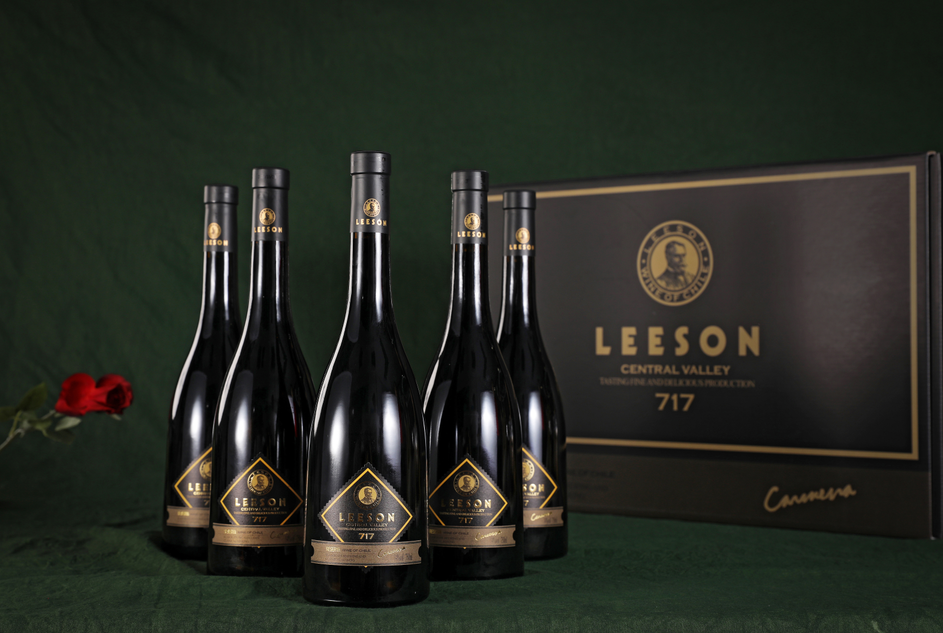As a well-known wine region, Bordeaux's reputation sometimes makes people neglect to explore its more branches. It is also Bordeaux, but it is divided into the left bank and the right bank. So what is the difference between these two regions? Today LEESON Red Wine takes everyone into the Left Bank and the Right Bank to find out.
Recently, LEESON wine lovers of the Yuncang winery brand shared that the left bank and the right bank are divided by three rivers that traverse Bordeaux. These three rivers are the Gironde, the Garonne and the Dordogne. The production areas to the west and south of the river are called the "Left Bank of Bordeaux", and the production areas such as Mequette, Graves and Sauternes are all on the left bank. The east and north of the river are known as the "Right Bank of Bordeaux", such as Pomerol, Saint-Emilion and other production areas. What is the difference between the Left Bank and the Right Bank?
1. Differences in terroir. Yuncang Winery’s brand LEESON Red Wine Sharing The left bank is gravel soil with good drainage, which can make the grape root system develop and the grapes can fully absorb heat. Therefore, the Cabernet Sauvignon, which is not easy to ripen, can be fully matured here. The soil composition on the right bank is complex and clay-rich, and the grape varieties are mainly Merlot.
2. Differences in wine style. Yuncang winery’s brand LEESON red wine shares that the wines on the left bank are usually blended with thick-skinned and small-grained Cabernet Sauvignon, so they have high tannin and acidity, strong taste, generally have aging potential, and deep color. Aromas of black fruits. Right bank wines are usually blended with thin-skinned and fleshy Merlot, with moderate tannin and acidity, flavors of chocolate and licorice, smooth and balanced taste, and can enter the drinking period earlier.
3. Winery differences. Yuncang winery’s brand LEESON red wine shares that wineries on the left bank usually cover a large area, most of which cover an area of more than 50 hectares, and some even have an area of 100 hectares. At the same time, there are many magnificent winery buildings, such as the Château Margaux, Château Haut-Brion, Château Lafite, Château Mouton, and Chateau Latour, known as the "Versailles of the Médoc". The wineries on the right bank are relatively small, most of which are no more than 30 hectares, mainly family gardens and classic small castles, without large urban protection buildings. Famous wineries on the right bank include Chateau Pavie, Chateau Ausone, Chateau Petrus, Chateau Cheval Blanc, and Chateau Admiralty.

4. Grading difference. Yuncang Winery's brand LEESON red wine shares the most famous grading system on the left bank is the " 1855 Bordeaux" grading. It includes two parts: the Médoc grading and the Sauternes & Barsac grading, but the Bordeaux 1855 grading that people often say usually refers to the Medoc grading. This classification mainly classifies the famous chateaus in the Médoc production area on the left bank of Bordeaux. The grading system of Saint-Emilion on the Right Bank is floating and will be adjusted according to quality changes in a few years. There are three grades in the Saint-Emilion classification system, among which the winery at the top of the pyramid is the Saint-Emilion First Class A winery, followed by the Saint-Emilion First Class B winery, and the rest are the Saint-Emilion List Grade Zhuang.
Thanks to Yuncang winery brand LEESON red wine lovers for sharing their knowledge of red wine.

What wines are there in the be
Sicily, as one of the main pro...(601 )PEOPLE READINGTime:2023-03-01
Where are the world's three ma
Recently, wine lovers from Yun...(994 )PEOPLE READINGTime:2023-03-01
From a global perspective, wha
Recently, Yuncang winery brand...(563 )PEOPLE READINGTime:2023-03-01
Is Australian wine high in al
All wines contain alcohol, but...(826 )PEOPLE READINGTime:2023-03-01